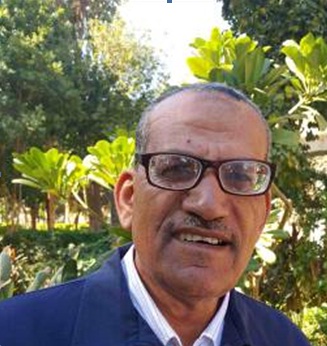The Sikait gneissose granite complex occupies the area between the upper reaches of Wadi Sikait and Wadi Abu Rusheid, covering an area of about 26 km2 exposed along the core of a SE plunging anticline. Detailed field studies revealed that the Sikait gneissose granite complex can be differentiated into gneissose granodiorites, gneissose granites, and gneissose alkali feldspar granites arranged from older to younger.
Whole rock geochemistry indicates that the gneissose granodiorites are calc-alkaline, I-type and syn-to late-tectonic; the gneissose granites and gneissose alkali feldspar granite are alkaline, post-tectonic and possess A-type character. Therefore, Sikait gneissose granite complex represents a complete granite cycle that ends with intraplate A-type granite. Such granite cycle occurs only in a continental crust, the later must have been present that subjected to deformation and mylonitization concurrent with the Pan-African orogeny. Thus, the present Sikait gneissose granite complex forming the infrastructural unit was assumed to be Pre-Pan-African age. because it was deformed during the thrusting of the Pan-African structural rocks. According to the differentiation index, gneissose granodiorite is the least differentiated, followed by the most differentiated A-type gneissose granites and gneissose alkali feldspar granite.
Mineral chemistry of the Sikait gneissose granites complex indicates that: 1) alkali feldspars have the orthoclase- microcline composition indicating low temperature stability; 2) the plagioclase crystals of gneissose granodiorite phase is andesine, the plagioclase of gneissose granite phase is oligoclase and plagioclase of gneissose alkali feldspar granite is albite; 3) biotite varies in composition from biotite to siderophyllite and its host rocks are of magmatic origin; 4) muscovite is either primary (p) confirming the magmatic origin for the Sikait gneissose granites, and secondary (s). The (p) type is richer in Ti, Na and Al and poorer in Mg and Si than (s) one.

